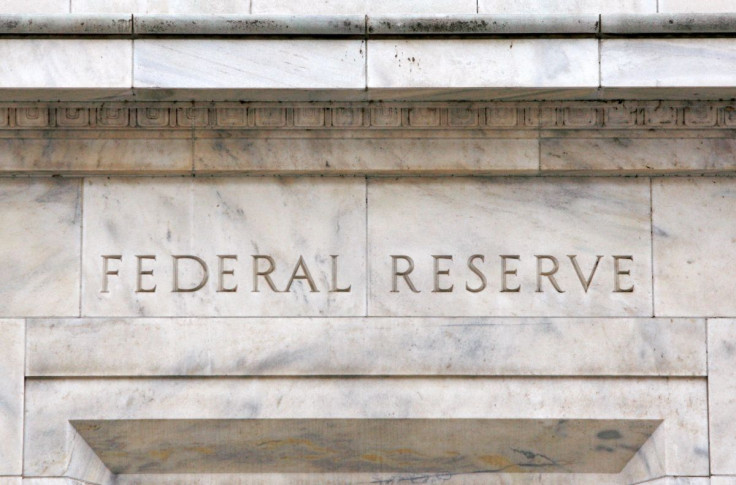The Fed May Be Misleading Markets, Again
The Fed may be misleading markets again with dovish statements about the direction of monetary policy, setting traders and investors up for another disappointment.
Anyone following the Federal Open Market Operation Committee (FOMC) meetings, which craft the nation's monetary policy, should vividly recall several FOMC meetings when the Fed talked about inflation being a "transitory" problem. Thus, it saw no need to do something about it. Instead, the nation’s central bank focused on a host of new mandates the political system added to its agenda, including lowering of income inequalities, the Fed’s “third mandate.” FOMC kept short-term and long-term interest rates low enough for low-income Americans to get jobs.
While it's unclear whether low-interest rates helped low-income Americans get jobs, one thing is clear. Low-interest rates were music to the ears of Wall Street traders and speculators, who chased after any asset they expected to get positive returns, as money in the bank earning next to nothing. For instance, Bitcoin reached nearly $70,000 on the premise that there will always be another trade at a higher price. Likewise, meme stocks went to stratospheric valuations because they were enough speculators with sufficient cash to chase after their shares.
The rest is history. The Fed's assessment of inflation as transitory turned out to be wishful thinking. Inflation stayed around, showing at the neighborhood supermarket, the local gas station, and the dining table, reaching levels not seen since the 1980s. That's when the Fed decided to act by tapering its bond-buying program first and then hiking short-term interest rates, catching some traders and speculators on the wrong side of the market. Thus, a significant correction in the NASDAQ shares, cryptocurrencies, and meme stocks.
Then there’s the real estate sector, with home prices keep on reaching new highs, pricing low-income Americans out of the market.
The trouble is that the Fed may end up setting markets up for another disappointment as it tries to sugarcoat rate hikes with dovish statements. For instance, in the statement issued after the 75-basis points hike, the Fed told markets that "current interest rates are close to neutral."
That was music to the ears of traders and speculators who chase after speculative assets again, helping Wall Street have its best July since 2020.
But former Treasury Secretary Lawrence Summers thinks that the Fed's assessment that the current Fed Funds rate of 2.5% interest rate is close to a "neutral" is another case of "wishful thinking.” "Jay Powell said things that, to be blunt, were analytically indefensible," Summers said on Bloomberg TV's "Wall Street Week" with David Westin. "There is no conceivable way that a 2.5% interest rate, in an economy inflating like this, is anywhere near neutral."
The history of US monetary policy provides plenty of support for Summer's argument. It took many Fed Funds Rate hikes and a couple of recessions to bring the inflation of the 1970s under control. So why should it be different this time around?

© Copyright IBTimes 2024. All rights reserved.












